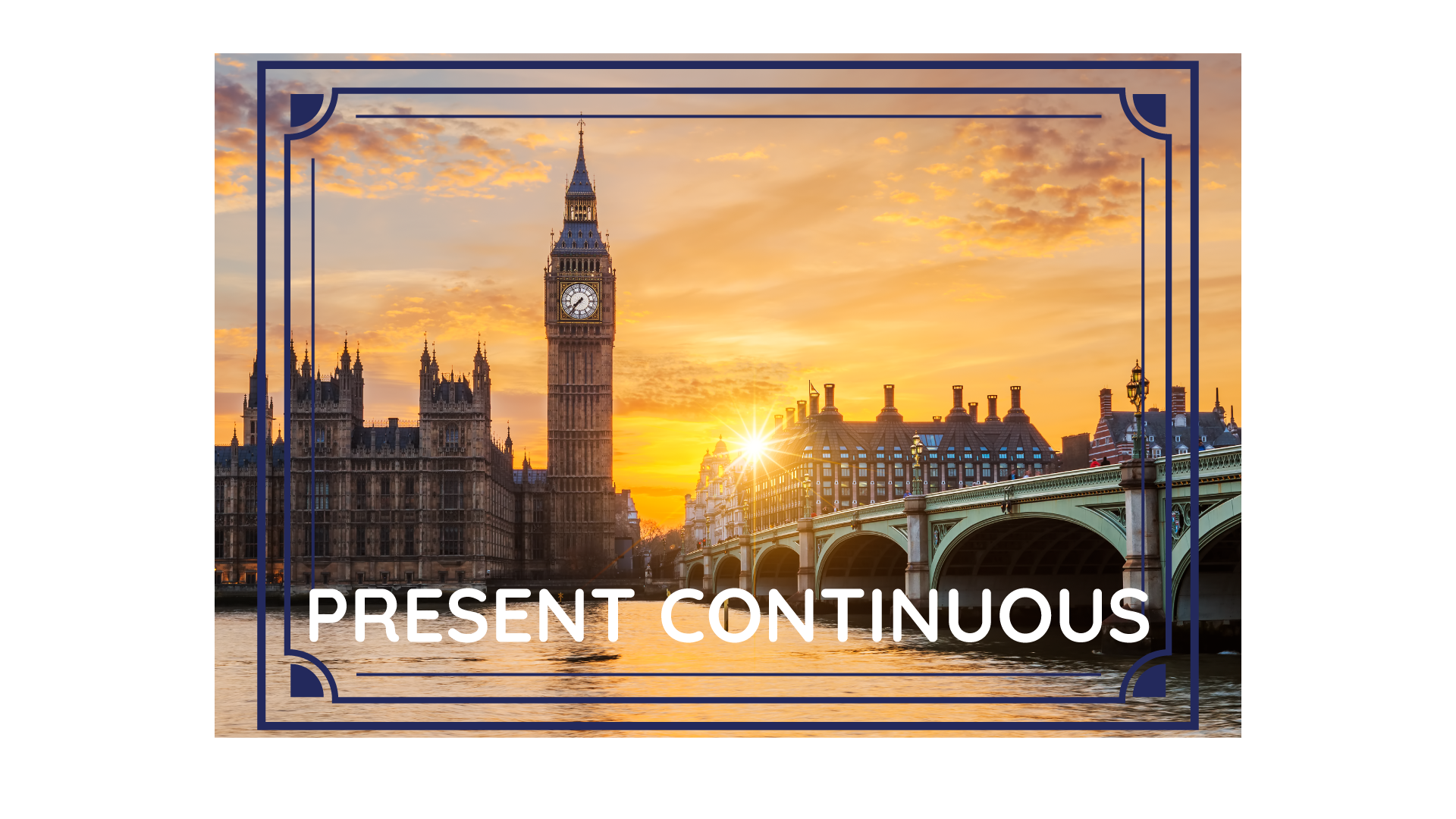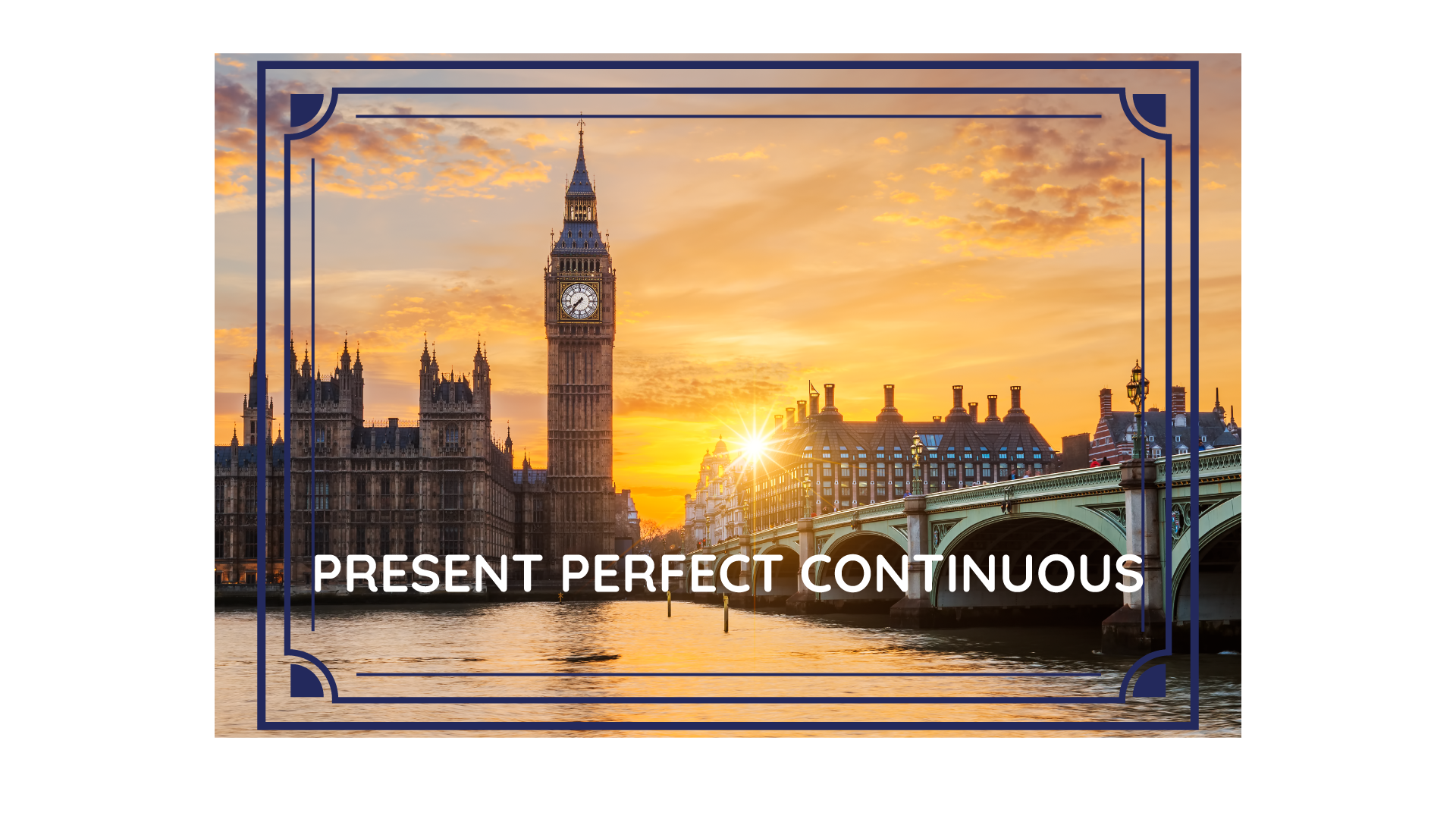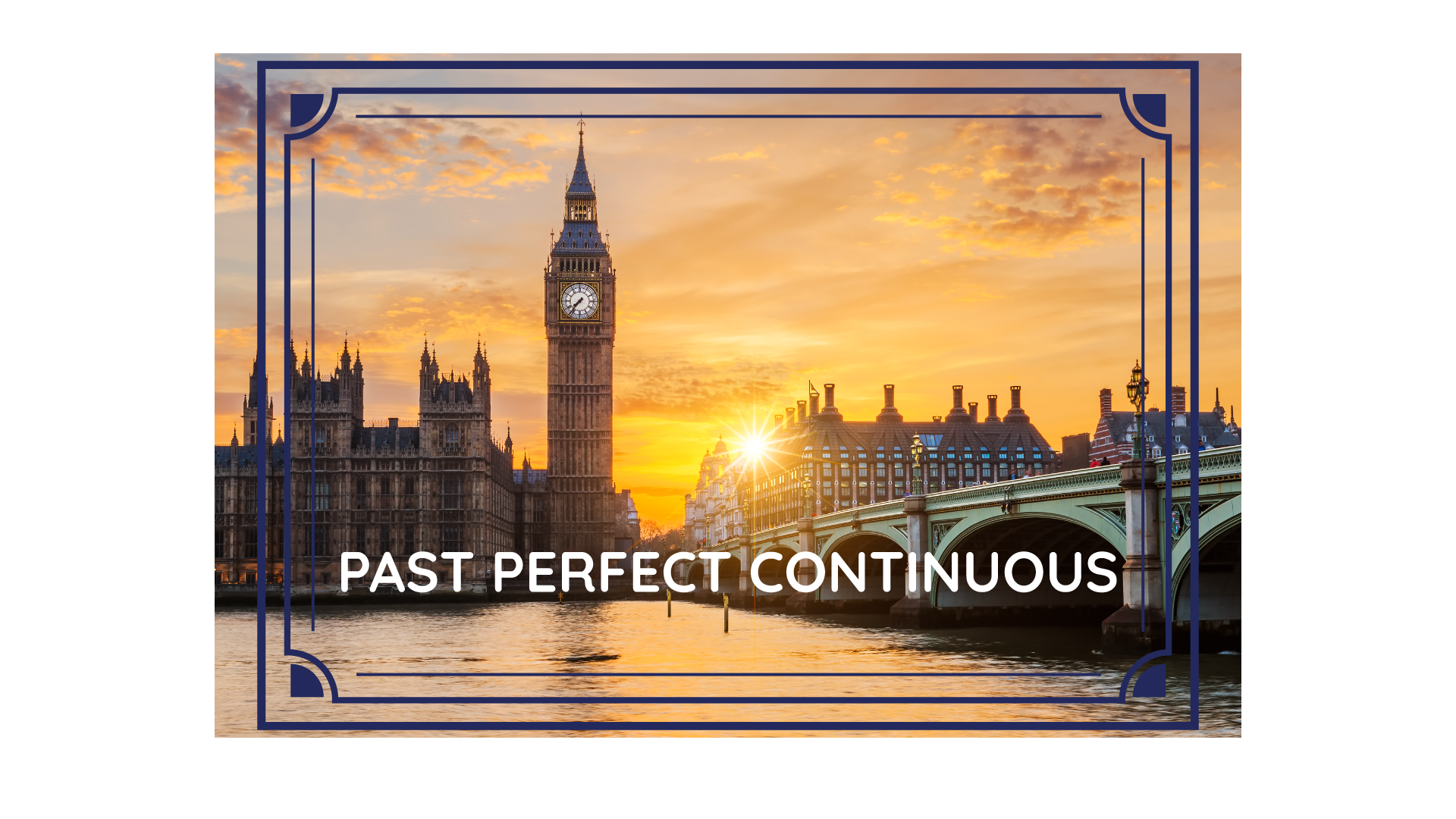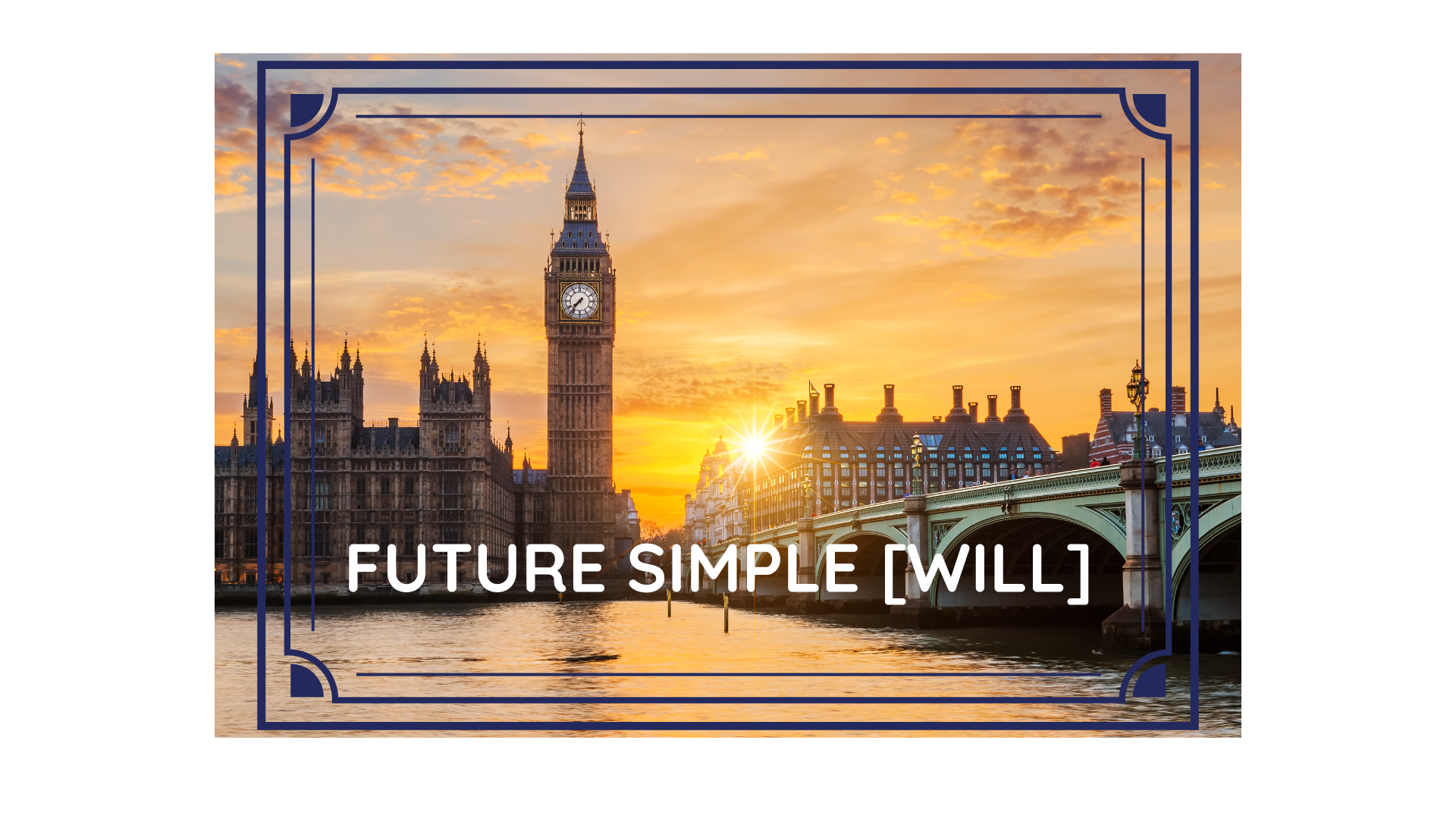The Present Continuous tense, also known as the Present Progressive tense, is used to describe actions or situations that are happening right now at the moment of speaking. This tense is often used to talk about temporary actions, ongoing activities, and future plans.
Form:
To form the Present Continuous tense, you typically need two components:
- The present tense of the verb “to be” (am, is, are).
- The present participle (base verb + -ing) of the main verb.
Here’s the basic structure:
- Affirmative:
- Subject + “am/is/are” + present participle
- Example: “I am studying.”
- Negative:
- Subject + “am not/isn’t/aren’t” + present participle
- Example: “She isn’t working.”
- Interrogative (Question):
- “Am/Is/Are” + subject + present participle
- Example: “Are you sleeping?”
Meaning:
The Present Continuous tense is used to describe actions or situations that are taking place at the time of speaking. It’s often used for:
- Actions happening now:
- “I am reading a book right now.”
- Temporary actions:
- “He is staying with us for a few days.”
- Ongoing activities:
- “They are working on a project this week.”
- Future plans:
- “We are meeting at the café tomorrow.”
Pronunciation:
The pronunciation of verbs in the Present Continuous tense involves the -ing form of the main verb. The stress is generally on the first syllable of the -ing form. Pay attention to the intonation, as it can convey different shades of meaning.
- [æm ˈreɪdɪŋ] (I am reading.)
- [ˈʃi ɪz ˈwɜrkɪŋ] (She is working.)
- [ɑr ˈmeɪkɪŋ] (They are making.)
Exercises:
- Complete the Sentences: Fill in the blanks with the correct form of the verb in parentheses in the Present Continuous tense.
- She _______________ (cook) dinner right now.
- They _______________ (play) football in the park.
- I _______________ (read) a fascinating book.
- True or False: Decide whether the statements are true or false based on the pictures.
- [Image of a person sleeping] “He is swimming.” (False)
- [Image of a person painting] “She is painting.” (True)
- [Image of a person eating] “They are dancing.” (False)
- Question Time: Create questions using the Present Continuous tense to ask about people’s current activities. Then, have a conversation with a partner.
- Example: “What are you doing right now?”
- “Are they working today?”
- “Is she studying for her exams?”
- Describe the Scene: Look at a picture and describe what you see using the Present Continuous tense. This is an excellent exercise for practicing descriptive language.
- [Image of a busy street] “People are walking on the street. A car is turning the corner, and a man is talking on his phone.”
- Future Plans: Discuss your future plans with a partner. Use the Present Continuous tense to talk about what you’ll be doing in the near future.
- Example: “I am meeting my friends for lunch tomorrow.”
- “She is going to the concert on Saturday.”
- “They are visiting their relatives next week.”
Practicing the Present Continuous tense through exercises like these will help you become more confident in using this tense accurately in various contexts.




